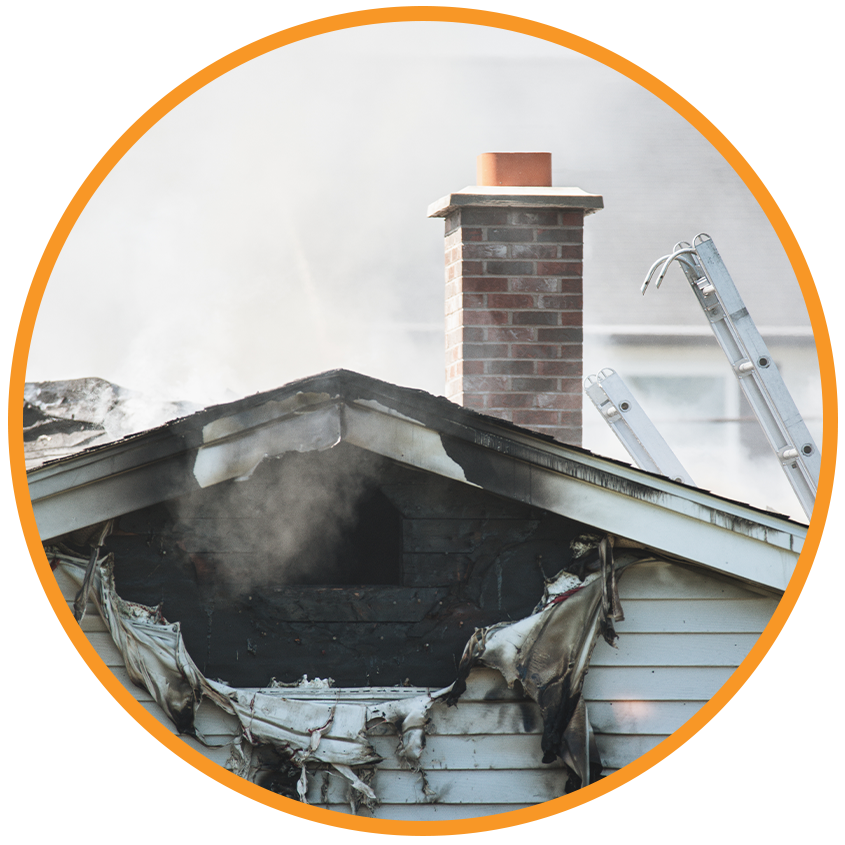Rising from the Ashes: A Complete Guide to House Fire RecoveryRising from the Ashes: A Complete Guide to House Fire Recovery

Emerging from the trauma of a house fire is an emotional and logistical challenge. Your home may be damaged, your routine disrupted, and your peace of mind shattered. But amid loss, there’s a path to healing and rebuilding. This guide walks you through a comprehensive house fire recovery process — from the first steps to full restoration — helping you regain stability and confidence after a devastating event. Specialized companies such as
offer rapid response fire restoration services.
Step One: Prioritize Health, Safety, and Shelter
Before you think about cleanup or insurance, ensure that everyone involved is physically and emotionally safe.
Secure a Safe Environment
- Do not re-enter your home until the fire department gives the all-clear.
- Watch out for hidden structural damage or hotspots that could reignite.
- Use protective clothing and masks if you need to enter the property briefly.
Find Temporary Accommodation
- Reach out to family or friends.
- Contact local disaster relief services like the Red Cross for temporary housing.
- Check your homeowners or renters insurance for coverage of lodging expenses.
Support Your Mental Health
- House fire recovery includes emotional healing.
- Seek counseling if needed — especially for children.
- Talk to others who’ve experienced similar trauma to feel less alone.
Step Two: Report, Document, and Organize
Efficient documentation is vital to streamlining your house fire recovery.
File an Insurance Claim Immediately
- Call your insurance provider within 24 hours if possible.
- Request a claim number and a list of documentation they’ll need.
- Ask about coverage for emergency repairs and living expenses.
Document All Damage
- Take high-resolution photos and videos of all affected areas.
- Make a detailed inventory of destroyed or damaged possessions.
- Save receipts for temporary expenses — food, clothing, hotel stays, and pet boarding.
Obtain a Fire Report
- Request an official fire report from your local fire department.
- This document explains the cause and extent of the fire — valuable for both insurance and legal matters. Accessing emergency housing can be easier when guided by professionals at
.
Step Three: Begin Restoration and Cleanup
Restoring your home goes beyond surface cleaning. Smoke, soot, and water damage from firefighting efforts can linger.
Hire Certified Fire Restoration Experts
- Professional help is key to thorough house fire recovery.
- Experts handle soot removal, smoke odor elimination, and water damage mitigation.
- They’ll also inspect for mold, which can grow in damp insulation or walls.
Avoid DIY Cleanup
- Soot contains toxic chemicals that shouldn’t be inhaled or touched.
- Smoke odor clings to walls, ceilings, and HVAC systems — improper cleaning can worsen it.
- Leave structural repairs to licensed contractors for safety and code compliance.
Know What Can Be Salvaged
- Fire-resistant valuables like safes, metal furniture, and some electronics may be restored.
- Textiles (like clothing and linens) may be professionally laundered and deodorized.
- Avoid using burned or melted kitchen items, even if they appear intact.
Step Four: Financial and Emotional Recovery
Restoring your life is as important as rebuilding your home. Find step-by-step recovery tips and homeowner support tools through
.
Rebuild Thoughtfully
- Consider upgrades or fire-resistant materials during reconstruction.
- Work with your insurance provider to create a realistic budget.
- Don’t rush decisions — good planning leads to lasting results.
Review Your Financial Situation
- Track all recovery-related expenses.
- Ask your mortgage lender or landlord about temporary payment relief.
- Seek local grants or recovery assistance programs.
Lean Into Your Support Network
- Talk to neighbors or community groups for shared resources.
- Join online forums for house fire recovery tips.
- Stay connected to family and friends — rebuilding is easier with help.
Additional Tips for Effective House Fire Recovery
- Make digital backups of important documents moving forward.
- Update your emergency plan and smoke detector systems.
- Install a fireproof safe for critical items like passports and insurance documents.
- Take photos of your restored home for future insurance reference.
- Celebrate small wins — even replacing a toothbrush can feel like a victory.
For professional help navigating the digital side of recovery, https://worldigital.com/ is a great place to start.
Frequently Asked Questions (FAQ)
Q: How long does house fire recovery usually take? A: It varies based on damage severity. Minor damage can take weeks, while major reconstruction may take several months.
Q: What’s the first thing to do after a house fire? A: Ensure everyone’s safety, then call emergency services and your insurance provider.
Q: Can smoke-damaged clothes be saved? A: Many can be restored through professional cleaning services that specialize in deodorizing and stain removal.
Q: Is it safe to stay in a partially burned house? A: Not unless the fire department and structural engineers have confirmed its safety. Lingering smoke and structural weakness pose risks.
Q: Are all losses covered by insurance? A: It depends on your policy. High-value items, certain electronics, and collectibles may need separate riders.
This guide is designed to help you regain control during a chaotic time. Though the process can feel overwhelming, approaching house fire recovery step by step will give you clarity and resilience. You’re not just rebuilding a home — you’re restoring your sense of security and future.
May 10, 2025May 10, 2025